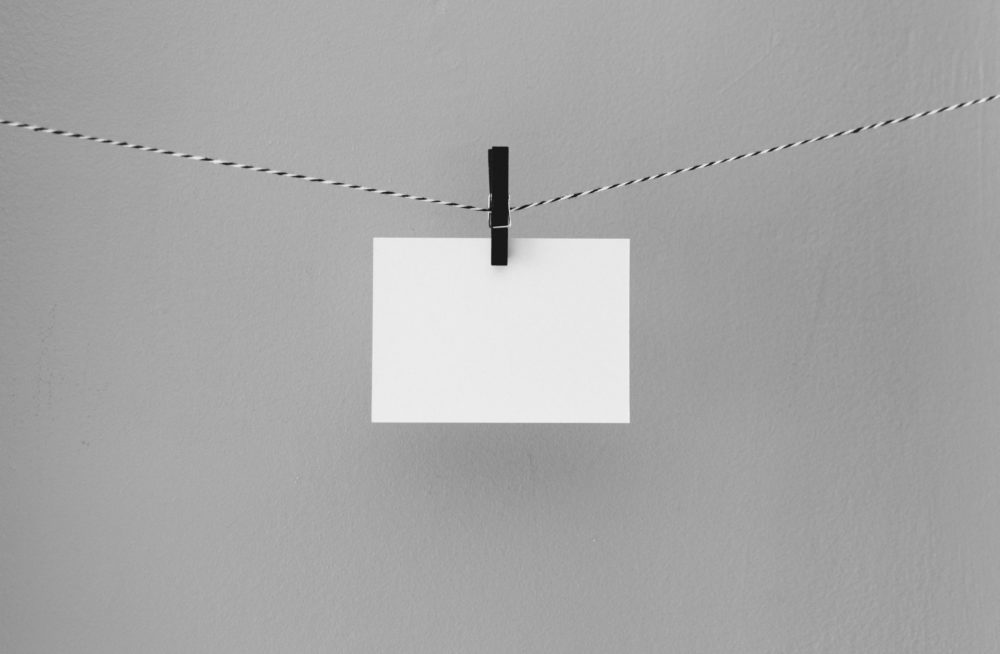To practice Right Mindfulness, simply take note. Bhikkhu Bodhi says:
Mindfulness brings to light experience in its pure immediacy. It reveals the object as it is before it has been plastered over with conceptual paint, overlaid with interpretations… All these ‘doings’ are modes of interference, ways the mind manipulates experience and tries to establish its dominance. Mindfulness undoes the knots and tangles of these ‘doings’ by simply noting. It does nothing but note, watching each occasion of experience as it arises, stands, and passes away. In the watching, there is no room for clinging, no compulsion to saddle things with our desires. There is only a sustained contemplation of experience in its bare immediacy, carefully and precisely and persistently.
After delving deeply into the teachings of Right Mindfulness this month, in this final post I want to reiterate the basics. The best way to practice this step is to be present to your own life with thoughtfulness and attention. (And again, what a time to have the opportunity to do so!) Yes, this means contemplating our body, feelings, thoughts, and the object of our thoughts. But at its heart, it just means simply noting what’s happening.
Just be with what unfolds within. Just stay present to whatever happens, and is happening.
ALL the other stuff we do beyond this is, as Bodhi calls it, “conceptual paint.” They are just points of noise and interference. When we try to control how we feel or what we think or what happens next, we’re just dancing out a million different rhythms of dominance. But true composure of the mind arises only when we let go, when we stop forcing things as if we control them when we don’t.
Simply taking note of what is happening within us is very hard to do, because we tend to judge every thought or feeling. What Right Mindfulness tries to teach us is to let the judgment go for now and simply trust the wisdom in the immediacy of the experience. Sure, later, we will have to make informed choices and decisions and judgments. But we cannot do that well if we don’t first stay present to what IS, and receive it as clearly as possible.
The Buddhist goddess Kuan Yin (also Guan Yin) represents this balance so well. She has a thousand arms, stretched out to help others. But within each hand is an eye. This eye brings insight to her actions, so that her service to the world is wise. Without these eyes, she would just have a thousand arms flailing around in every direction.
Right Mindfulness, Thich Nhat Hanh says, places the eye in the palm of each of Kwan Yin’s thousand hands. This ability to stay present, to simply take note, gives light and clarity to every movement that follows.
As Bodhi says, mindfulness brings our experiences to light.
Where can mindfulness bring your experience to light this week?
Can you let judgment go and simply take note of what you experience?
How can Right Mindfulness help you place the eye of insight into the palm of your hand?
This post belongs to my series on practicing the Eightfold Path. Read all my posts on Right Mindfulness here.




